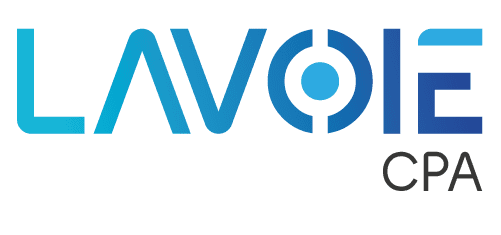FP&A Teams Have the Wrong Focus
According to a recent report by Adaptive Insights, CFOs want their employees to spend less time on collecting and preparing data and more time on forecasting and analysis. The survey revealed that financial planning and analysis (FP&A) teams are currently spending 53% of their time on reporting and data gathering alone.
“Reporting, whether it’s on actuals or forecast or planning should be quick. We shouldn’t be spending a lot of time on that,” says Jim Johnson, CFO of Adaptive Insights. “We should be spending much more time on the model that’s supporting it. The predictive analysis, the key performance indicators and the stuff that is really important for the company.”
There is a good reason why employees should spend more time on analytics. Oracle found that businesses who were effective at integrating financial and operating data, using analytics in processes and utilizing predictive analytics outranked their peers by 70% on profit and revenue.
How Can You Improve Your FP&A Process?
Implement a Dynamic Planning Process
First of all, your business need to incorporate a FP&A process that allow for flexibility. Rolling forecasts, for example, is one way to ensure you are adapting to market forces. Since rolling forecasts ultimately is an approach where you add or drop data on a rolling basis, you consequently have real-time insights to your performance against your predictions. APQC reported that an organization can save a median of 25 days on the annual budgeting cycle by using rolling forecasts.
“It makes no sense to use a 19th-century tool to manage 21st-century company in a volatile global economy,” argues Steve Player, a program director at the Beyond Budgeting Roundtable. “In the old days, the CFO sat in the back of the ship recording what happened. Now, the CFO stands on the bridge looking forward and adjusting for variables.” With Lavoie CPA, you can tap into the expertise of our experienced outsourced CFO services, which bring a wealth of knowledge and industry-specific insights to guide your financial decision-making.
Traditional annual budgets have limits. They often take too long to prepare, and when completed the data is already out of date. Rolling forecasts offer continuous updates to your data and a longer horizon with data up to 12-18 months ahead. Thus, you have much more accurate data and reliable insights. This, as a result, allows you to take more strategic decisions about your business.
Related: How to Improve Your Sales Forecast Accuracy
Make it Easy for Employees to Collaborate
Collaboration among employees and management is crucial for your business. First, they help you realize your goals, but they can also aid in reducing hidden costs. According to research by CEB, hidden budgeting and forecasting costs may prevent companies from realizing their full potential of investments in FP&A improvements.
How do businesses encourage collaboration? There’s one simple answer. Leverage technology. Cloud-based accounting software is a great solution for companies that have data that needs to be shared and aggregated by more than one employee. In addition, cloud software also allows for employees to access the same data from virtually anywhere. Finally, most cloud-based software providers offers integration with other enterprise systems, which allows you to have one source for your performance management.
Related: A Beginner’s Guide to Cloud Computing
Conclusion
While you may think your business is doing well enough, your competitors are advancing by implementing better FP&A processes like the ones discussed above. Don’t wait, instead, invest in FP&A processes that will help your business achieve outstanding results and reduce hidden costs.

